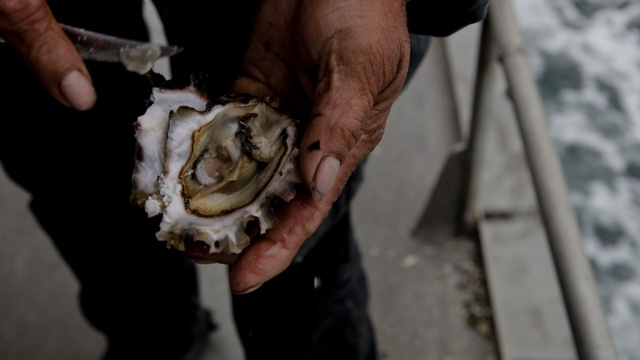Ensia.com. By Jane Lubchenco and Mark Tercek, April 14th, 2014
For centuries, coastal wetlands were considered worthless. It’s time to acknowledge the environmental and economic value of restoring these ecosystems.
For the past 25 years, every U.S. president beginning with George H. W. Bush has upheld a straightforward, three-word policy for protecting the nation’s sensitive and valuable wetlands: No Net Loss. And for a quarter of a century, we have failed in this country to achieve even that simple goal along our coasts.
According to a recent report from the National Oceanic and Atmospheric Administration, the United States is losing coastal wetlands at the staggering rate of 80,000 acres per year. That means on average the equivalent of seven American football fields of these ecosystems disappear into the ocean every hour of every day. On top of that, we’re also losing vast expanses of sea-grass beds, oyster reefs and other coastal habitats that lie below the surface of coastal bays.
Rising sea levels make coastal wetlands increasingly important as a buffer from erosion. Under the right circumstances, wetlands are even capable of building up coastal lands.
This isn’t just an environmental tragedy; it’s also an economic one. Coastal wetlands and other coastal habitats provide buffers against storm surges, filter pollution, sequester carbon that would otherwise contribute to climate change, and serve as nurseries to help replenish depleted fish, crab and shrimp populations. The result is reduced flooding, healthier waterways, and increased fishing and recreational opportunities. To reap these benefits, we must reverse the trend of coastal habitat loss and degradation by protecting remaining habitats and aggressively investing in coastal restoration.
The good news is that such investments can pay off handsomely. To determine the extent of the economic contributions of these fragile and fading ecosystems, the Center for American Progress and Oxfam America analyzed three of the 50 coastal restoration projects NOAA carried out with funding from the 2009 American Recovery and Reinvestment Act. The results were very positive. All three sites — in San Francisco Bay; Mobile Bay, Ala.; and the Seaside Bays of Virginia’s Atlantic coast — showed strong average returns on the dollars invested.
Only part of this benefit came from construction jobs. Real, long-term benefits also accrued to coastal residents and industries in the form of increased property values and recreational opportunities, healthier fisheries, and better protection against inundation. Rising sea levels make coastal wetlands increasingly important as a buffer from erosion. Under the right circumstances, wetlands are even capable of building up coastal lands because they trap sediment coming downstream from rivers, creating new land where additional marsh vegetation can grow.



